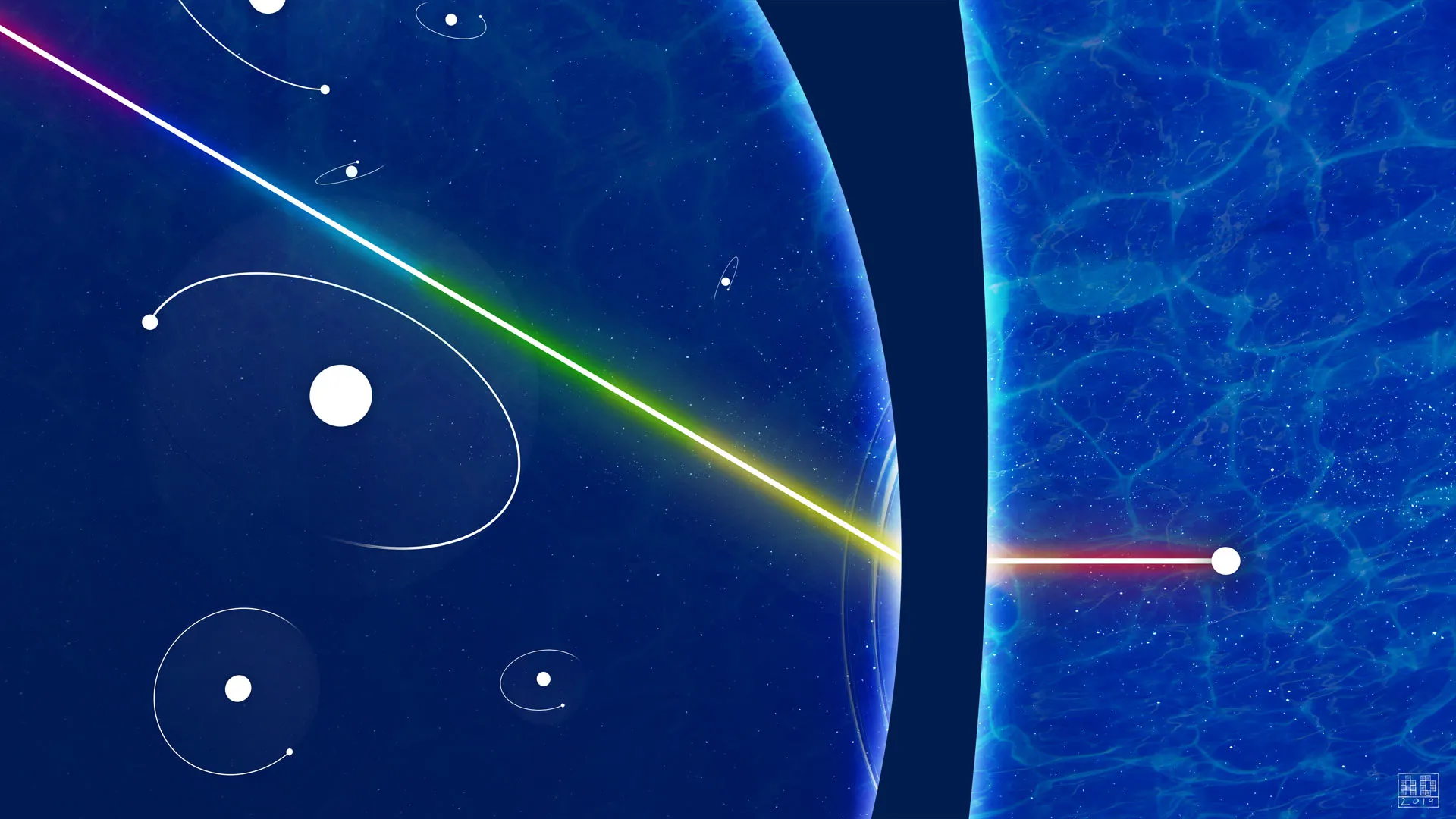In the world of science, there’s a fascinating concept called quantum tunneling that lets you imagine passing through walls. While it might sound like something out of science fiction, it’s a real idea in quantum physics.

Classical physics and quantum physics have differences, and one notable aspect is the specific explanations in quantum physics. Unlike classical physics, where you can precisely determine the location of an object, quantum physics views things from a perspective of possibility. For instance, consider a tennis ball as an electron.
In quantum physics, the position of an electron can change over time, a principle known as Heisenberg’s Uncertainty Principle. To illustrate, think of throwing two sixes with a pair of dice; there are multiple possible outcomes, represented by a waveform. Physicist Surinjam’s wave function suggests that quantum particles can exist on both sides of a wall.
The explanation lies in the presence of waves on the other side of the wall, increasing the probability of finding quantum particles there. However, the likelihood of quantum tunneling depends on factors like the importance and height of the wall, as well as the mass of the particle.
Now, the intriguing question arises: if quantum tunneling is possible for particles, could it also occur in larger objects, like our bodies? Since any object, including our bodies, is made up of particles, it’s a valid inquiry. However, there’s a challenge when it comes to the human body, which contains a vast number of atoms. Tunneling so many atoms together becomes nearly impossible to reach the other side.
Research sheds light on the unlikelihood of tunneling in the human body, with mathematical odds so low that it involves a one followed by 39 zeros after the decimal point. In simpler terms, the possibility of large-scale tunneling is extremely negligible. This insight into tunneling has implications for understanding DNA mutations in the human body.
Leave a Reply